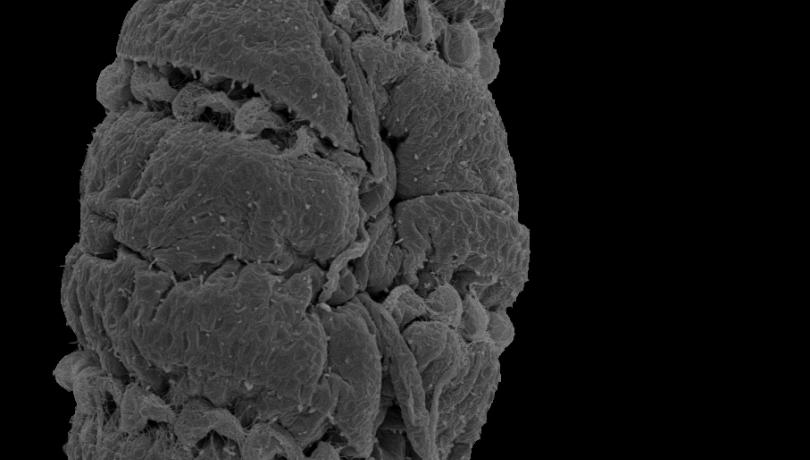Researchers from the Marine Sciences Institute have detected and described a new species of microalgae, Polykrikos tanit, from marine waters of the Catalan coast. The authors of the study, published in the Protist journal, are Albert Reñé, Jordi Camp and Esther Garcés, from the Marine Biology and Oceanography Department.

Researchers from the Marine Sciences Institute have detected and described a new species of microalgae, Polykrikos tanit, from marine waters of the Catalan coast. The authors of the study, published in the Protist journal, are Albert Reñé, Jordi Camp and Esther Garcés, from the Marine Biology and Oceanography Department.
This organism forms part of the phytoplankton (microscopic photosynthetic organisms placed in the base of the food web) and belongs to the dinoflagellates. Although P. tanit seems to be harmless, several close species are toxin-producers, causing severe economic impacts. Consequently, it is essential to identify and differentiate harmful and harmless species from our shores.
The new species is photosynthetic, but at the same time, has some appendices, the peduncles, that allow capturing and ingesting prey. This combined metabolism is known as mixotrophy. The researchers have analysed the genetic sequences of P. tanit, which place the species in an early evolutionary position within the genus Polykrikos.
The species was named after “Tanit”, a Punic goddess worshiped in the western Mediterranean until the 2nd century A.D., in reference to both the early evolutionary position of the species within the genus and its type locality, the Catalan coast.